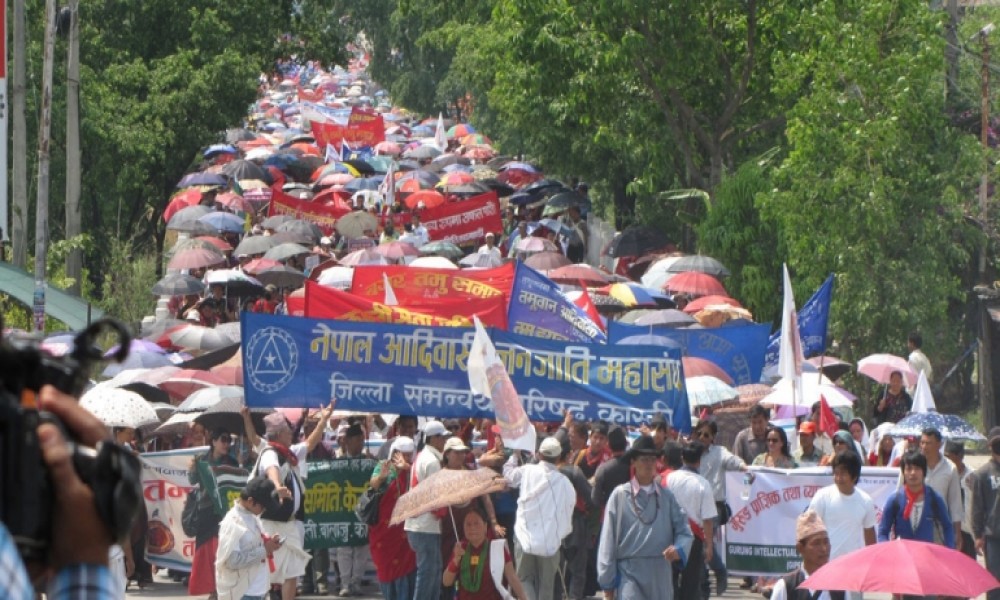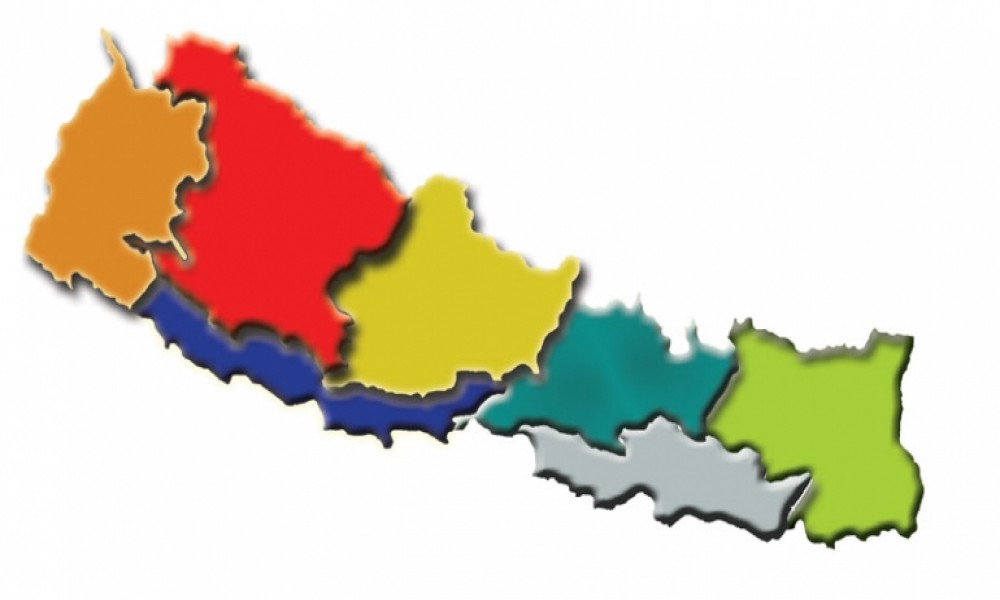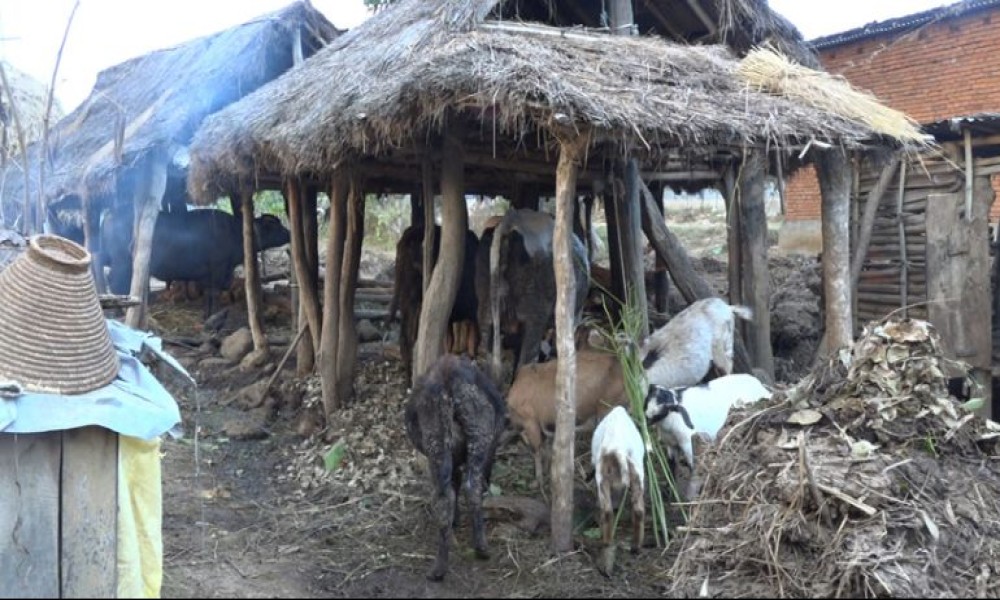Those who are deprived of economic, social and political rights, opportunities and benefits are known as minority and marginalized communities. In Nepal, indigenous people, Dalits, Muslims, Madhesis, Third Gender and women are regarded as minority and marginalized groups.
As per these characteristics, the list of indigenous groups could be long. However, only 59 groups so far have been listed as indigenous communities. In a country which is ethnically, linguistically, religiously and culturally rich, scores of social groups can be defined as indigenous communities. But, they are excluded from the list; and the state has not properly addressed their struggle to be listed as indigenous communities.
It is important to deal with various dimensions of inequality prevalent within and among indigenous communities. But, we lack a legal framework to provide means, resources, opportunities and benefits to fulfill basic needs of the deprived and vulnerable communities. To facilitate policies required for this, Nepal Federation of Indigenous Nationalities (Nefin) classified all indigenous communities in 2060 B.S. However, the classification has virtually borne no fruits whatsoever.
Classification of indigenous communities
NEFIN and NFDIN have classified indigenous communities in the following five categories:
Endangered Groups: Kusunda, Bankariya, Raute, Surel, Hayu, Raji, Kisan, Lepcha, Meche, Kuswadiya
High Marginalized Group: Majhi, Siyar, Lhomi (Shinsaba), Thundam, Dhanuk, Chepang, Santhal, Jhagad, Thami, Bote, Danuwar, Baramu
Marginalized Group: Sunuwar, Tharu, Tamang, Bhujel, Kumal, Rajbanshi, Gangaai, Dhimal, Bhote, Darai, Tajpuriya, Pahari, Topkegola, Dolpo, Mugal, Larke, Lohpa, Dura, Walung
Disadvantaged Group: Tangbe, TeengaunleThakali, BarahgaunleThakali, MarphaliThakali, Gurung, Magar, Rai, Limbu, Sherpa, Yakkha, Chhantyal, Jirel, Byansi, Yolmo
Advanced Group: Newar, Thakali
Minorities and their issues in constitution
Participation of minority and marginalized groups is very low in Constituent Assembly (CA). Political parties did not give priority to ensuring inclusive participation of minority groups in the CA. Political parties have clearly indicated that they are unlikely to utilize the Participatory Representative (PR) electoral system and leave the issue of inclusion unaddressed.
Lalbabu Pandit, who was president of the Committee on Preservation of Rights of Minority and Marginalized Communities in the first CA, said: "The state should have a special policy to uplift minority and marginalized communities. To ensure their education, health, employment and representation, the state should reserve quotas for them in proportion with their population in every organ of the state. The state should do more on this issue."
The second CA's Committee to Study and Determine Constitutional Records has copied all the resolved and disputed issues of minority and marginalized communities from the first CA. The two issues which were resolved by the first CA are as following:
a) The state will adopt a policy for special protection of representation, participation and development of endangered ethnic communities in every organ of federal structure.
b) The state will have legal provisions for representation, participation, protection and development of highly marginalized, minority communities and economically as well as socially backward groups.
However, there has been no agreement on special provisions related to state restructuring. There was no agreement on declaring certain area as a protect zone for preservation and promotion of minority groups, endangered and highly marginalized communities.
Sociologist Dr Krishna Bhattachan stresses the need for incorporating issues of autonomy within autonomy, pre-emptive rights in local natural resources, land ownership, preservation of language and culture in the new constitution. Future of minority and marginalized communities is determined by provinces to be carved out in the process of state restructuring and rights and autonomy to be ensured by these provinces. Bhattachan views that it is high time we became aware of difficulties in ensuring their future. The need of the hour is to be conscious about safeguarding rights of indigenous people, minority groups and endangered communities who have been deprived of their rights for years.









